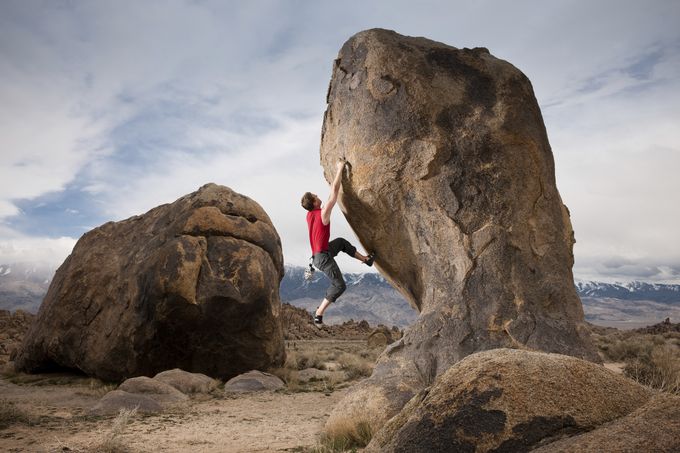Introduction to Rock Climbing
Rock climbing history
The earliest evidence of rock-climbing dates back to paintings of Chinese climbers from 200 BC. Climbing developed throughout Europe as part of early mountaineering and became an official sport in 1880.
3 types of rock climbing
Indoor climbing
Indoor climbing is the most accessible kind of rock climbing. It takes place on purpose-built walls, which are made of wood with man-made grips fastened on. Indoor climbing is the best place to begin because it gives a controlled atmosphere, without wind and rain. A climber can learn and train their skills indoors before trying other challenging ones.

Bouldering
Bouldering is a type of climbing that does not use ropes and occurs at lower heights, typically 20 feet or less. Bouldering routes are also referred to as ‘problems’, and they require a series of difficult and powerful techniques compared to other longer routes.

Ice climbing
Ice climbing requires the use of sharp axes and crampons. Ice climbers smash their axes into the ice they’re climbing which helps them to pull themselves upwards. They also use crampons, which are spiked metal footwear that dig into the ice and provide secure footholds.

Work cited
Walsh , Lindsay. “Learning the Ropes: A Quick Guide to Rock Climbing.” Mpora, 6 Jan. 2016, mpora.com/rock-climbing/rock-climbing-everything-need-know/.
